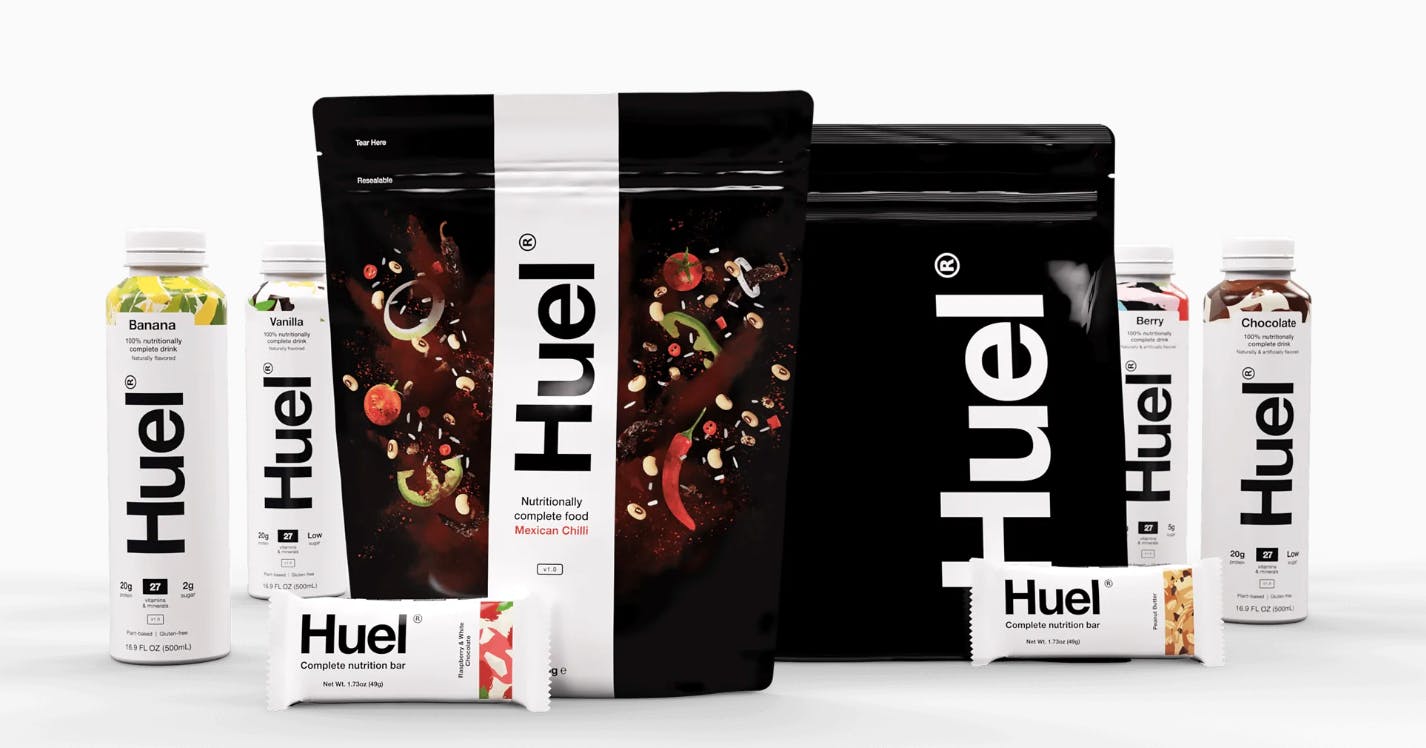At the helm of a flourishing direct-to-consumer (DTC) brand, you may find yourself pondering over the mystical formula that will rocket your brand from a seven-figure entity to an eight-figure phenomenon. You may envisage a humongous marketing budget or an all-encompassing data analytics suite as the linchpins for this leap. Yes, these components carry weight, but the linchpin that truly outshines them all is a far more rudimentary concept: Simplicity.
The allure of simplicity is frequently understated in the bustling world of business. It may seem less glamorous or even a tad naive. However, when simplicity seeps into your messaging, strategy, execution, and customer understanding, it silently kindles the flames of exponential growth. Let's delve deeper into these areas:
{$te}
Messaging
Messaging Made Simple.
Stripping your brand's value proposition to its bare minimum can be your beacon in the stormy sea of market noise. Think of Apple's succinct "Think Different" or Nike's assertive "Just Do It". These messages radiate clarity, directness, and emotional resonance.
Dollar Shave Club, a direct-to-consumer brand selling razors and personal grooming products, disrupted the market with its simple, straightforward messaging. Their launch video "Our Blades Are F***ing Great" was humorous, direct, and clearly communicated their value proposition - no-nonsense, high-quality razors delivered to your door for a dollar.
Dollar Shave Club, a direct-to-consumer brand selling razors and personal grooming products, disrupted the market with its simple, straightforward messaging. Their launch video "Our Blades Are F***ing Great" was humorous, direct, and clearly communicated their value proposition - no-nonsense, high-quality razors delivered to your door for a dollar.

Warby Parker, an eyewear brand, simplified the process of buying glasses. Their 'Home Try-On' programme message is clear and concise: "Try 5 pairs of glasses at home for free." It's simple, customer-centric, and effectively communicates their unique selling point.

The Trap of Complexity in Messaging.
A web of complexity in messaging can act as a barrier between your consumers and the value you offer. Strive for clarity and simplicity above all.
Quibi: A short-lived streaming service that aimed to deliver "quick bites" of content for people on the go, is an example of complex messaging. Despite raising billions in funding, the service struggled to clearly communicate its value proposition. Was it a Netflix competitor? Was it a substitute for YouTube or TikTok? The lack of clear messaging led to confusion among potential users, making it difficult to gain traction.

Streamlined Strategy and Execution.
An uncluttered, efficient strategy is a lighthouse guiding your objectives, illuminating your results, and paving the path for smooth execution. Successful brands stand testament to this, running campaigns tethered to specific KPIs, such as an uptick in website traffic or brand searches.
Here are examples of complex strategies:
A more streamlined approach, taken by brands like Huel, simplifies the choice by offering a core product line with few variants, making it easier for customers to understand and choose a product that fits their needs.
- Running simultaneous campaigns with different messaging for different markets without clear KPIs for each, as exemplified by some tech start-ups during their rapid growth phase. This approach can dilute the brand message and make it hard to evaluate the effectiveness of each campaign.
- Trying to push one global campaign without local adaptations can lead to a disconnect with local audiences. For example, some fitness brands that launch global marketing campaigns without considering the local culture or specific needs of different regions may struggle to resonate with their audience.
- Overcomplicating product lines in the fitness industry can be seen in some protein powder brands that offer a myriad of flavours and formulas. For instance, a brand might have a separate product for every conceivable goal: weight loss, muscle gain, endurance, recovery, plant-based, keto, paleo, etc. While the intent is to cater to everyone's individual needs, this can lead to choice paralysis for the customer, as they're overwhelmed by the number of options and struggle to decide which product is right for them.
A more streamlined approach, taken by brands like Huel, simplifies the choice by offering a core product line with few variants, making it easier for customers to understand and choose a product that fits their needs.

Understanding Your Customers - Keep it Simple.
The essence of simplicity is paramount in understanding what fuels your consumers. Unravel the basic threads, and you'll discover that growth fundamentally hinges on outdoing market competitors in serving your audience. Understand and cater to your customers' core needs, motivations, and values effectively.
Getting to the core of your consumers' needs and motivations can seem complex, but the essence of it lies in simplicity. To effectively cater to your audience, you must dig through the data clutter and focus on what genuinely matters to them. Here, you should emphasize their individuality, reflecting it in your product offerings and communication strategies.
Case in Point: Gymshark
Take the example of Gymshark, a fitness apparel brand that has rooted its strategy in the understanding of their audience's core desire - to feel good and look good while exercising. This awareness is mirrored in their messaging, with communications revolving around inspiring fitness goals, body positivity, and the gratification derived from personal progress.

The Pitfall of Overgeneralisation: A Word of Caution
On the other hand, a common mistake that brands often make is overgeneralising their customers, reducing their diverse needs and motivations to broad, nondescript categories. For instance, a company selling fitness equipment may label its customers simply as "people who exercise," neglecting the significant differences between those who prefer bodybuilding, those who are more inclined towards cardio, or those just beginning their fitness journey.
By not acknowledging these specific needs, the brand's messaging risks losing its resonance with any of these consumer groups. So remember, the power of simplicity in understanding your consumers lies not in generalisation, but in grasping their unique needs and motivations.
So, is your DTC brand wrapped in the warm embrace of simplicity? Here's a quick checklist to help you ascertain:
- Is your messaging uncomplicated and easy to comprehend?
- Do your strategies shine in their simplicity, with measurable, clear objectives?
- Are you finely tuned into your customers' core needs and motivations?
- Are you offering transparent value that customers can instantly recognize?
- Is your communication simple yet engaging, nurturing a genuine connection?
In summary, simplicity should never be underestimated. It's time to trim the fat, attune to your consumers, streamline your message, and focus on outmatching competitors in delivering value. Imbibe simplicity, and watch your brand make strides towards exponential growth. Simplicity isn’t about oversimplification; it's about clarity, focus, and a profound understanding of your customers. Charge ahead, simplify, and seize the day!
TL ; DR
The power of simplicity can be the game-changer for Direct-to-Consumer (DTC) brands. From clear, direct messaging, to streamlined strategy execution, to understanding your consumers' core needs, simplicity can guide your brand to new heights. While complexity may seem sophisticated, often it's the simple approach that effectively reaches and resonates with customers. So, reassess your strategies, cut through the noise, and embrace the power of simplicity to truly connect with your audience.

